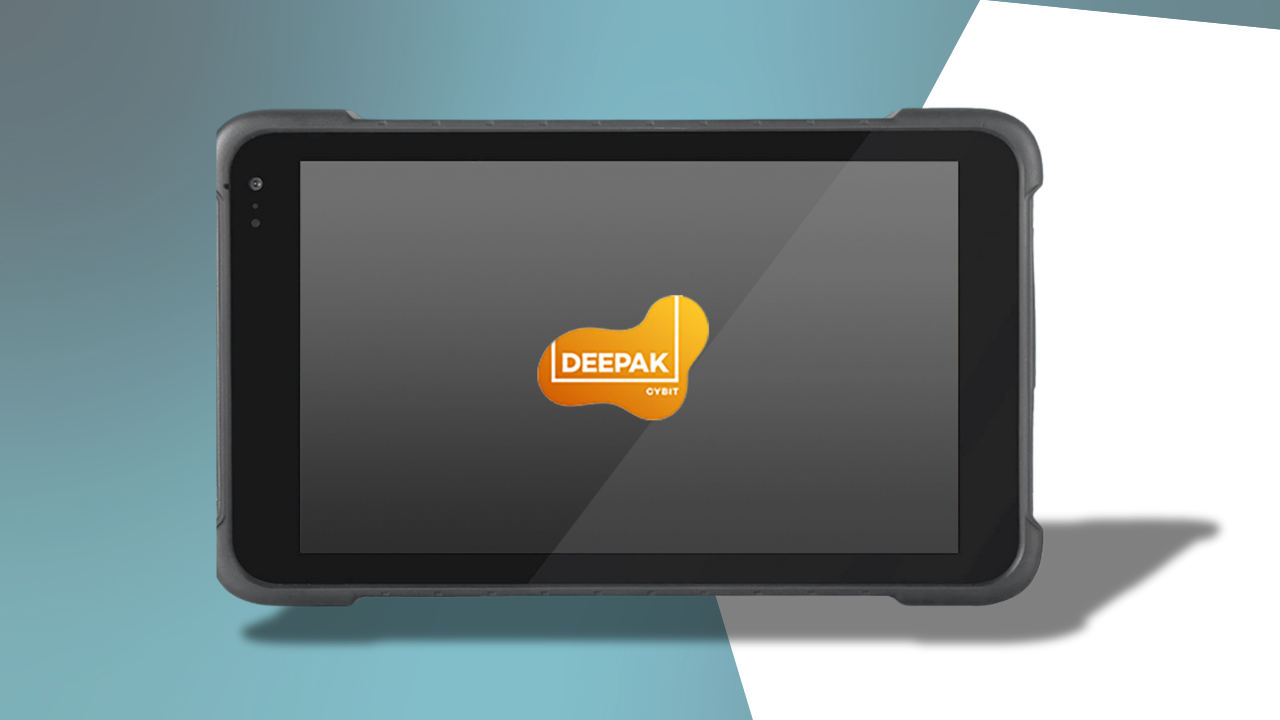Instrument Integration
Automizer Device: Your Lab's Digital Assistant
In modern laboratories, efficiency and accuracy are paramount. Our Sampleify LIMS offers seamless Instrument Integration, allowing your lab instruments to connect directly with the our LIMS platform. This integration simplifies data collection, reduces manual entry errors, and enhances overall workflow efficiency.


01
Real-Time Data Capture:
Automatically collect and upload instrument data into the LIMS system in real-time
Eliminate the need for manual transcription, reducing errors and ensuring data accuracy.
02
Comprehensive Instrument Management:
Manage calibration schedules, maintenance logs, and instrument usage from a central dashboard.
Ensure compliance with industry regulations by maintaining accurate records for all instruments.
03
Enhanced Workflow Automation:
Automate data flow from multiple instruments, ensuring quick, reliable access to critical lab results.
Reduce the turnaround time for data processing and reporting.
04
Seamless Integration:
Supports a wide range of instruments including spectrometers, chromatographs, and balances.
Easily configurable to accommodate new instruments, making it future-proof for evolving lab needs.
Operational Efficiency:
Speed up laboratory workflows with streamlined instrument management and reporting.
Compliance Ready:
Maintain audit trails and meet regulatory requirements with comprehensive data records.

The Automizer Device is a key component of our instrument integration solution. It acts as a bridge between your instruments and Sampleify LIMS, facilitating efficient data transfer and management.
-
Data Interface Protocols: Instruments are integrated using standard data transfer protocols like RS-232, TCP/IP, USB, or specialized instrument drivers. Custom Integrations : For certain instruments, customized software connectors are created to enable compatibility with the LIMS.-
Connection Types : Instruments may connect directly to the LIMS server or through intermediary devices such as PCs that act as data collectors.
-
Automatic Data Capture : Instruments automatically collect and send measurement results to the LIMS as soon as tests or experiments are completed. Scheduled Data Pull : The LIMS can be programmed to periodically pull data from the instruments at predefined intervals.-
Manual Upload : In cases where automatic integration isn't possible, users can manually upload data files generated by the instruments (e.g., CSV or XML formats).
-
Data Conversion : Raw outputs are converted into standardized units or formats, making the information compatible with other data within the LIMS. Error Checking: The system performs validation checks to ensure that data is within expected ranges, flagging any potential errors for review.-
Metadata Capture : Along with the core data, metadata such as instrument name, operator ID, date, and time is also captured for audit trails and traceability.
-
Centralized Data Management: All instrument-generated data is stored in a centralized location, making it easily accessible to authorized users. Audit Trails : The LIMS maintains complete records of data origin, modification, and access, ensuring traceability for compliance and audits.-
Data Security : The system encrypts the stored data to protect against unauthorized access.
-
Sample Tracking: Instrument results are automatically linked to the relevant sample records in the LIMS. Result Reporting : The system can generate custom reports based on the instrument data, enabling quick decision-making.-
Quality Control : Data from quality control instruments is immediately flagged if it falls outside acceptable ranges, helping labs maintain high standards.
-
Calibration Tracking : The LIMS monitors calibration schedules and alerts users when an instrument is due for calibration. Maintenance Logs : All maintenance activities, repairs, and updates for each instrument are recorded in the LIMS, helping ensure instruments are always in good working order.
-
Automated Reports : Pre-configured templates can automatically generate reports, saving time and improving accuracy. Data Sharing Results can be shared across departments or externally with clients and regulatory bodies through secure data export formats.
